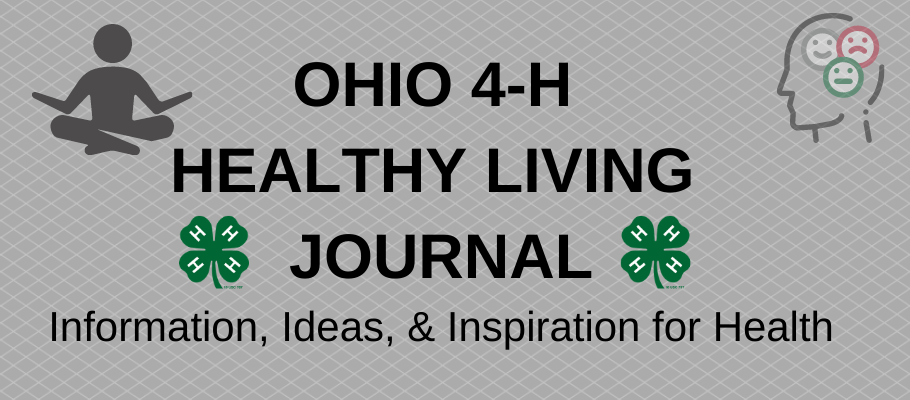by Tyler Kessler, 4-H Educator, Adventure Central
Our entire world is connecting virtually now more than ever, and it is safe to say that virtual platforms like Zoom and Google Meet are here to stay. This move from in-person school classrooms and offices to online video-call sessions has left many people asking if we are truly able to experience meaningful personal connections during this time of isolation and heavy ‘Zooming.’ A report published by the Centers for Disease Control and Prevention, one of many produced by various sources over the last year, supports that the loss of in-person connections is linked to increases in mental health struggles and feelings of hopelessness, particularly among young people.
Clearly, we need to be more intentional about connecting with others now more than ever before, and the good news is that we can use our online platforms to do just that! With a little creativity and intentional thinking, we can absolutely use technology in new ways to meaningfully connect with our own emotions and with our friends, teachers, and co-workers! Making time for fun activities, laughter, and getting to know one another before trying to learn can have a huge effect on how we feel and what we are able to remember. Not to mention that virtual and in-person activities that involve joy and laughter lead to the release of dopamine in our brains, which helps fight anxiety and depression!
Below are five keys for virtual connection that can help to jump-start your virtual connectivity during online sessions. Read through each and think about how you can use one or more keys to bring connections back to your virtual spaces with friends, family, and co-workers:
- Connection before content – Fun, social-emotional interactions using games, and even GIFs found using your cell phone, at the opening and closing of virtual meetings can bring better connection with content through connections with peers and meeting hosts.
- Use time to make space – The world of virtual connection deprives us of much needed transition time. Coffee breaks with co-workers, walks with friends between school classes, and daily commutes typically provide our brains time to transition between tasks. As we travel quickly and efficiently from Zoom-to-Zoom, it is more important than ever to add time to assess our feelings so that we can create space for mindful transitions and connectivity.
- Hands-on learning is minds-on learning – We know STEM activities provide excellent opportunities for ‘hands-on, minds-on’ learning. Additionally, STEM-related concepts often parallel social emotional teaching. It is time to use out-of-the-box programming to form connections that reach across topic areas.
- Keep activities simple and adaptable – Have you ever heard the phrase, “Less is more?” Screens can make it harder for us to focus for long periods of time, and big learning can often come from simple activities. Do not be afraid to choose a 10-minute activity to teach that new lesson!
- Safe spaces create connection – Common video meeting platforms allow participants to mute their voices, turn off their cameras, and simply use ‘chat box’ features to communicate. These features can make it feel like connection cannot be powerful in the virtual environment, but they also provide users a unique way to make aspects of connecting with others feel less ‘risky,’ particularly for young people. We know that feeling safe is crucial for genuine trust and connection, and activities that utilize chat box features can create safe spaces for sharing that are not available in person.
This battle against social isolation is a difficult one, but do not forget that you can create healthy connections everywhere you are! Make a phone call to the person you have not talked with in a while. Send a text to a close friend or relative, reminding them about a special shared memory you have. Whether you are on a Zoom call for school or work, or you are sitting in your room at home with your cell phone in hand, remembering you are never alone and making the simple choice to connect with others are the most important keys for virtual connection. So, what are you waiting for? Get connected!
Each key has a downloadable activity that reinforces a connection concept. Check out these and other Grab & Go resources you can use during your Zoom or other virtual sessions!




